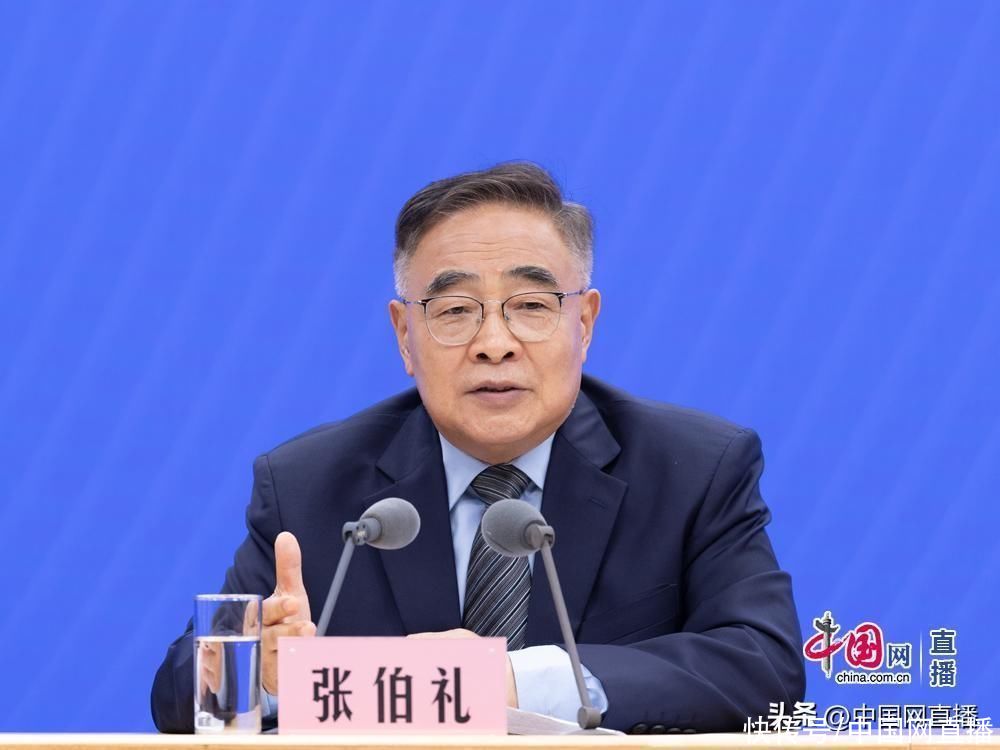
Zhang Boli, academician of the Chinese Academy of Engineering and master of Chinese medicine, China Net Yang Jia
China Net Live August 2 News National Health and Health The committee held a press conference at 10:00 this morning. The relevant departments of the State Administration of Traditional Chinese Medicine, responsible comrades of primary medical institutions and relevant experts will attend to introduce the improvement of the traditional Chinese medicine policy system and the improvement of service capabilities since the 18th National Congress of the Communist Party of China. and answer media questions. The following is a record of the relevant content:
China Daily reporter:
We feel that the development of traditional Chinese medicine relies more on inheritance. At the same time, can we use modern evidence-based medicine research and practice models to innovate evidence-based evaluation methods suitable for the characteristics of traditional Chinese medicine to help the development of traditional Chinese medicine? thanks.
Zhang Boli, academician of the Chinese Academy of Engineering and master of traditional Chinese medicine:
Traditional Chinese medicine has always been two aspects of the same problem, I remember that more than ten years ago One of our old ministers put forward that “inheritance does not obscure the ancients and innovation does not depart from the sect”, which is actually pointing out this principle. Our inheritance is now for better development, and development is also for better inheritance. However, we have thousands of years of valuable experience in traditional Chinese medicine, which other countries do not have. We are complete and recorded in historical documents, and have a lot of experience and prescriptions. These are the precious wealth of our Chinese medicine practitioners, and also the confidence that we can deal with such as major diseases, including major infectious diseases.
Evidence-based medicine is an evaluation method. The methods and tools should be used in Western medicine and Chinese medicine. Just yesterday, I held a meeting on evidence-based medicine in Tianjin. Evidence-based medicine was introduced to China at the end of the last century and was first introduced to China by a professor from West China Hospital of Sichuan University. We held the first evidence-based TCM-related meeting in Chengdu in 2002. At that time, an old academician of TCM proposed that evidence-based medicine should be “learned first, used secondly, and known about its limitations”. Later, I added that I should create an evaluation method suitable for TCM syndrome differentiation and treatment guided by the concept of evidence-based medicine, and reflect my suggestion to the British Cochrane Center to attract their attention. Therefore, it is now considered to be a new way of thinking and a new trend to use evidence-based concepts to evaluate individualized diagnosis and treatment. Since then, Chinese medicine has been consciously applying the methods of evidence-based medicine for evaluation and application. In 2019, the China Center for Evidence-Based Medicine of Traditional Chinese Medicine was established to carry out research in this area in a more organized manner. We have made two achievements before, which are also recent, both of which were hosted by me, and I am quite impressed.
First, we conducted a systematic research on more than 40 diseases with advantages of traditional Chinese medicine treatment based on the principle of “evidence-based, consensus-based, and experience-based”. Clinical guidelines for the species were optimized, evaluated and published. For a reasonable diagnosis and treatment path, it provides a scientific basis for better medical care for patients. In this evaluation, we conduct an evidence-based evaluation based on all the published literature data that may be collected for each dominant disease, exclude those with poor quality, and analyze high-level studies with relatively high impact factors or relatively good quality. Induction, and finally formulate this path, which guides the treatment. This is what we have done recently.
Also, we conducted an evidence-based evaluation of Chinese patent medicines that are effective in treating a certain type of disease, and released an evidence index. This year, there are two types of diseases, one is arrhythmia and the other is heart failure. For each disease, there are several Chinese patent medicines with reliable evidence-based evidence and high-level evidence to guide the more rational clinical use. These works are all achievements made by using evidence-based medicine, but evidence-based medicine is mainly aimed at groups. How to create something that can adapt to individuals is the work that is currently being done. International evidence-based medicine organizations are also doing this work. Because the 21st century is the century of personalized medicine, we are all exploring how to combine evidence-based concepts with these. thanks.